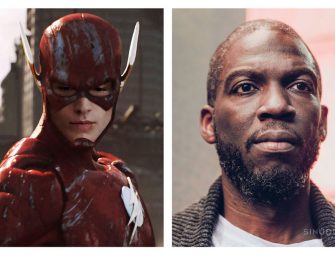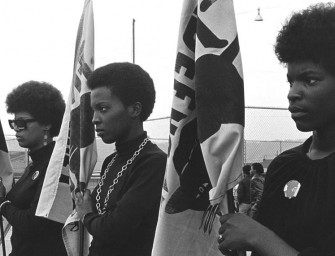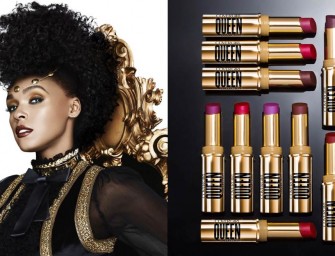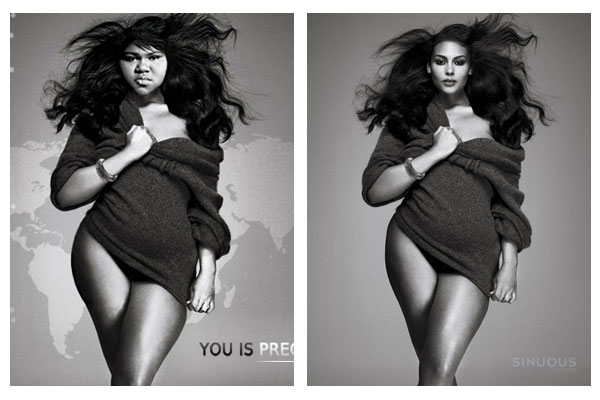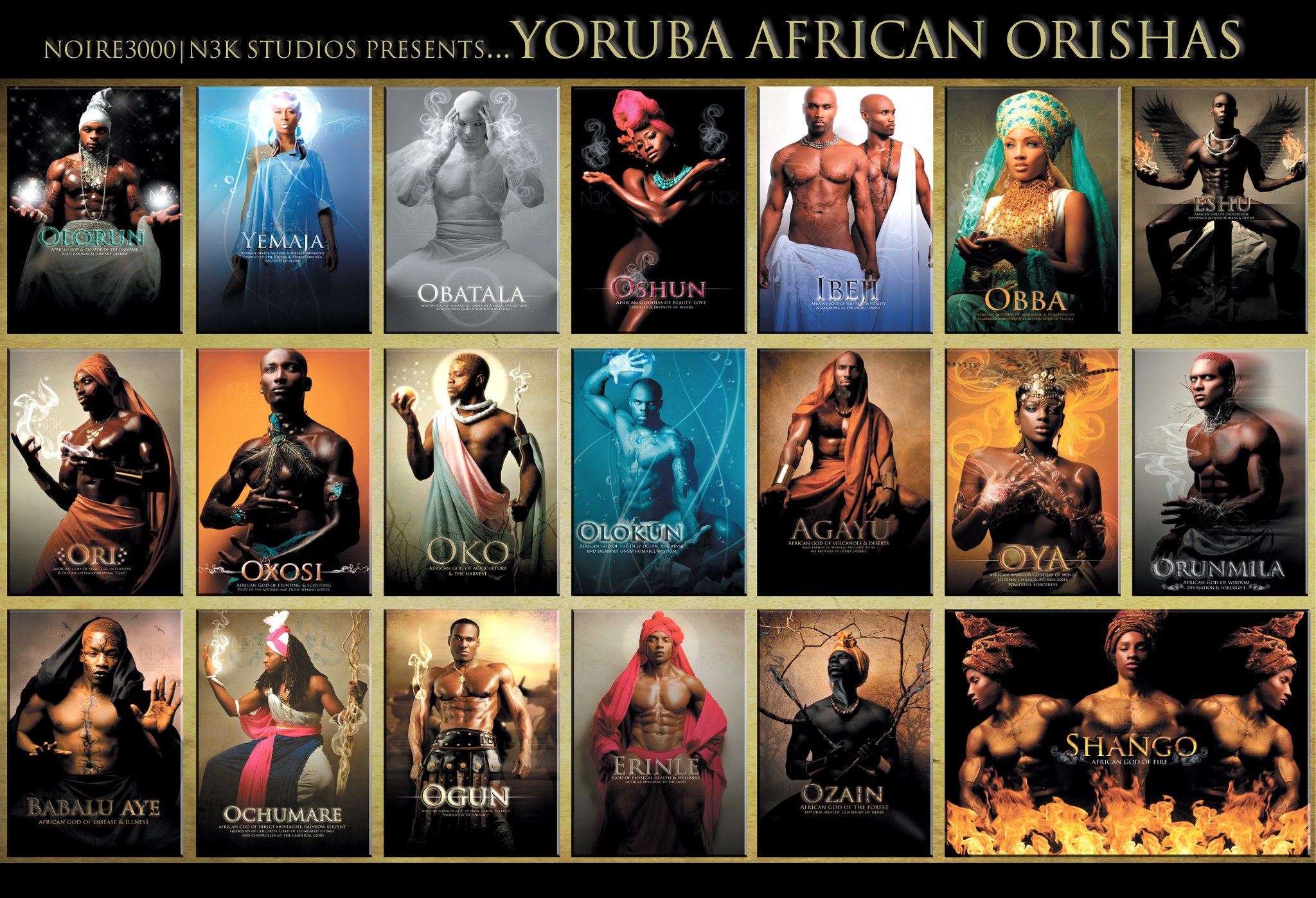As someone who is quick to call out the mis-labeling of “ blackface ,” this imaginary “whiteface” must be nipped in the bud before people start believing it’s real.
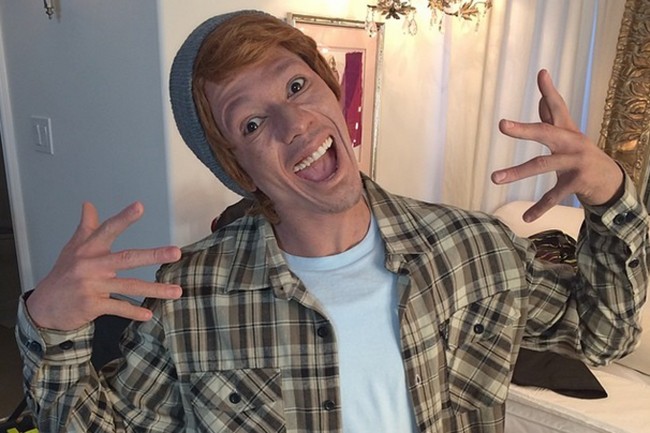
Nick Cannon in alleged “whiteface”
For background, in an effort to promote a forthcoming “White People Party Music” project, actor/comedian Nick Cannon costumed himself as a white guy named “Connor Smallnut,” and released photos of this character via Instagram with a caption that states:
“It’s official… I’m White!!! #WHITEPEOPLEPARTYMUSIC #Wppm in stores April 1st!!!!!!Dude Go Get It!!!Join The Party!!!! #GoodCredit #DogKissing #BeerPong #FarmersMarkets #FistPumping #CreamCheeseEating #RacialDraft ‘Bro I got drafted!!'”
A myriad of negative reactions followed, sparked by popular media outlets mis-labeling the gesture as “whiteface” in an effort to bait readers. Clever.

News on Nick Cannon’s “whiteface” controversy
Strangely, I don’t recall similar backlash over comedian Dave Chappelle donning “white” makeup and using stereotypes associated with white American males in skits such as “Trading Spouses,” which aired in 2003 during Season 1 of The Chappelle Show .
Regardless, of the thousands of comments and statuses responding to Nick Cannon’s “racism” there are a couple that stand out:
#1 – “How hypocritical! When a white person does this it’s racist!”
In regards to race, when false equalization is utilized several things become clear:
- the people using it do not understand that “race” exists as an oppressive social concept, created solely for the benefit of whites and as justification for the subordination of non-whites and global colonization;
- these same people do not recognize or acknowledge their own participation within a system that favors them;
- and these people do not accurately grasp how racism works, and therefore also think “reverse racism” exists.
While all humans are capable of prejudice, racism requires a component called power. As stated by Eduardo Bonilla-Silva , Sociology professor at Duke University, “racism is, more than anything else, a matter of group power; it is about a dominant racial group (whites) striving to maintain its systemic advantages and minorities fighting to subvert the racial status quo.”
#2 – “White people were slaves too!”
Yes. We know… The practice of slavery or some form of indentured servitude has been global, and the sting of racial oppression is not uniquely African-American. However, as my mother would ask, what does that have to do with the price of tea in China?
The inclusion of slavery’s existence outside of the Atlantic Slave Trade is particularly odd in this case because the practice of “blackface” was not limited to the period of slavery in the United States — nor the country itself.
“Blackface” was not outlawed by the Emancipation Proclamation, which was used to instill fear in white men concerning black freedmen and jobs , nor did it lose popularity after the abolishment of slavery.
The practice, exercised to poke fun at “inferior” classes, also continues to be used as a tool for misappropriating and exploiting cultures, not unlike “redface” and “yellowface,” all of which have had detrimental effects on the people they target, while simultaneously perpetuating white supremacy.

Billy Van’s 1900 minstrel show poster
People who use stock mentions of “white slavery” and “reverse racism” tend to hop-skip right over the periods between 1865 when the Civil War ended and 1965, when blacks — after decades of enduring violent resistance to being treated as humans, much less United States citizens — were finally allowed to vote.
It is convenient for some white Americans to be unapologetically ignorant about the history of a post-slavery United States, which is ripe with discriminatory and dehumanizing anti-black systems:
- laws, practices and events: a thwarted Freedmen’s Bureau , Black Code laws passed immediately after the Civil War, sharecropping and debt slavery , Jim Crow laws (1876 – 1965), redlining and reverse redlining (1934- present ), eugenics reform (1929 to 1974), a segregated military , etc.;
- terrorism: local lynch mobs, bombings of affluent Black communities (e.g. Tulsa, Oklahoma ), and the reign of the Klu Klux Klan;
- entertainment: “blackface” and derogatory imagery in minstrel shows, ballet, film and television;
- and marketing : Jim Crow advertising and anti-black imagery .

Stainligo Advertisement, Boston, Massachusetts (1902)
For these people, slavery ended and then some funny-talking immigrants came to New York and the United States became this beautiful melting pot, full of rainbows and baby unicorns, and despite a little racial tension, we got a black president and a new era of post-racism is upon us!
Now we just have to stop these Mexicans from stealing our jobs and the Muslims from threatening our freedoms!
The weak retort also negates continued widespread systematic oppression against people of color, and exposes the denseness of those who want to call others out for disregarding certain parts of history while doing the exact the same thing and condemning “call-out culture.”
There is no such thing as “whiteface.”
In the United States, despite lower class whites being victims of violence and discrimination at the hands of more powerful whites who have pulled all the stops to remain atop the power structure, “white culture” is still the dominant culture.
In order for “whiteface” to even be a thing, a group of people of color would have to rise to becoming the dominant culture and use “whiteface” as one of many malicious tactics in all forms of media — television, film, theatre, advertising, product packaging, commodities, etc. — over several centuries.

Nigger Joe’s Tar Soap sold from 1900s to 1940s
During that same time span, the group would also have to dominate the country’s political, economic, educational, medical and law enforcement systems, while using the stereotypes associated with “whiteface” to create and uphold unjust laws that specifically strip white Americans of citizenship and humanity.
While you wait for this to occur, though it may hurt your feelings, poking fun at the dominant culture (which is still white) does not dredge up hundreds of years of oppression and supremacy.
And because it does not exist, “whiteface” does not link to trauma, evidence of low self-worth, or centuries of internalized hatred that has manifested within various white communities.
“The fact that white people tend to get so offended every time someone makes fun of them is in itself a byproduct of white privilege,” as one commenter pointed out.
Anyways, speaking of that Chappelle skit, it’s still funny.
Author










